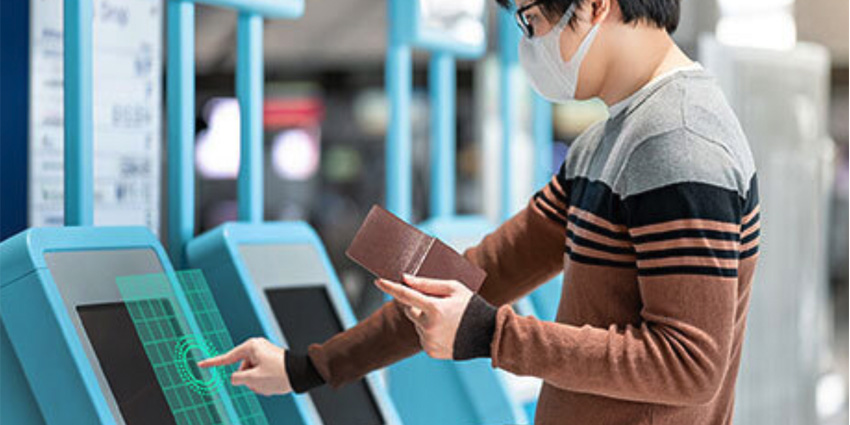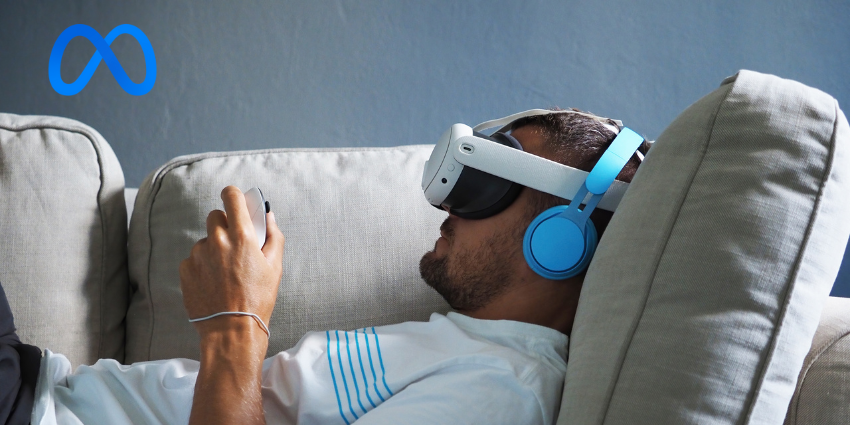For some time now, manufacturers have been experimenting with mixed reality technology’s potential for things like collaboration and enhanced communication. Through AR technology and the use of sensors, it’s possible to create digital overlays for a physical environment, with content that people can interact with.
In the collaboration world, innovators have explored this concept for things like interacting with shared blueprints or designs in a digital world. Now, it seems like spatial computing could be the key to creating a safer environment for all consumers in the years ahead. Michelle Quinn from VOA recently explored the possibilities of “floating buttons” for touch-screen interactions without physical contact. This technology would allow people to use devices like a tablet or smartphone screen without ever touching them, reducing the potential spread of germs.
The Benefit of Touch-Free Touchscreens
The technology for touch-free touchscreens comes from UltraLeap, one of the leaders in extended reality technology. The solution promises to add hygienic, touch-free interactions to screens through a software application that can run in various environments. Using vibrations in the air, the technology can detect the presence of a user’s hand in mid-air and convert that presence into an on-screen detector.
There’s also an upgraded camera setup included in the Kiosk SDK from UltraLeap, which provides additional information to the system, and strengthens the accuracy of the hand-tracking experience. Companies can experiment with the technology and learn more about what’s available with UltraLeap now.
Gesture control is likely to gain a lot of support in the years ahead, particularly as companies search for new ways to keep employees and customers as safe as possible following the 2020 pandemic. UltraLeap’s accessible gesture control and hand-tracking solution means that users can power all kinds of interactive applications, medical tools, and kiosks without touching anything.
A New Era of Gesture Control
The touch-free application system from UltraLeap runs almost imperceptibly on top the existing touchscreen environment, so customers can use the service in the most natural way. The unique application design also means that companies can implement touchless technology into their user interfaces without writing any code.
UltraLeap highlights the power of spatial computing and gesture control as a must-have consideration in the new age of interactions. According to the company, a survey of over 500 participants discovered that 80% of people are now concerned about the unhygienic nature of touchscreens. In contrast, a further 77% say they would be unlikely to interact with touchscreens in the future.
For companies keen to provide a more reassuring environment to people in any environment, touchless could be the trend of the future. This could also be a particularly valuable technology in environments within the healthcare sector, where the spread of bacteria and germs is always a persistent concern.







